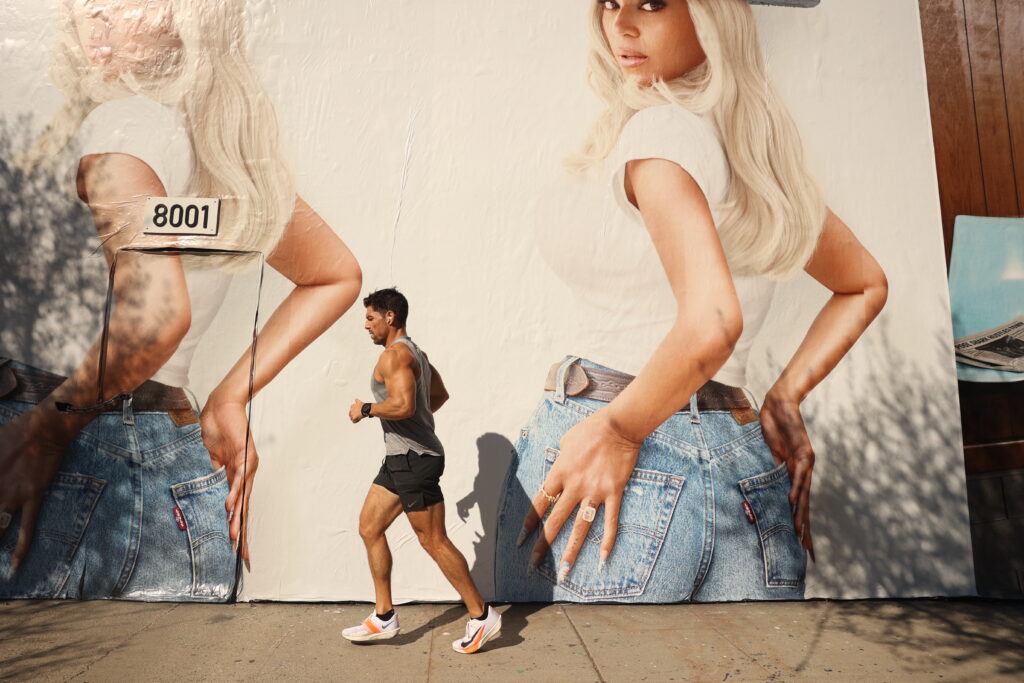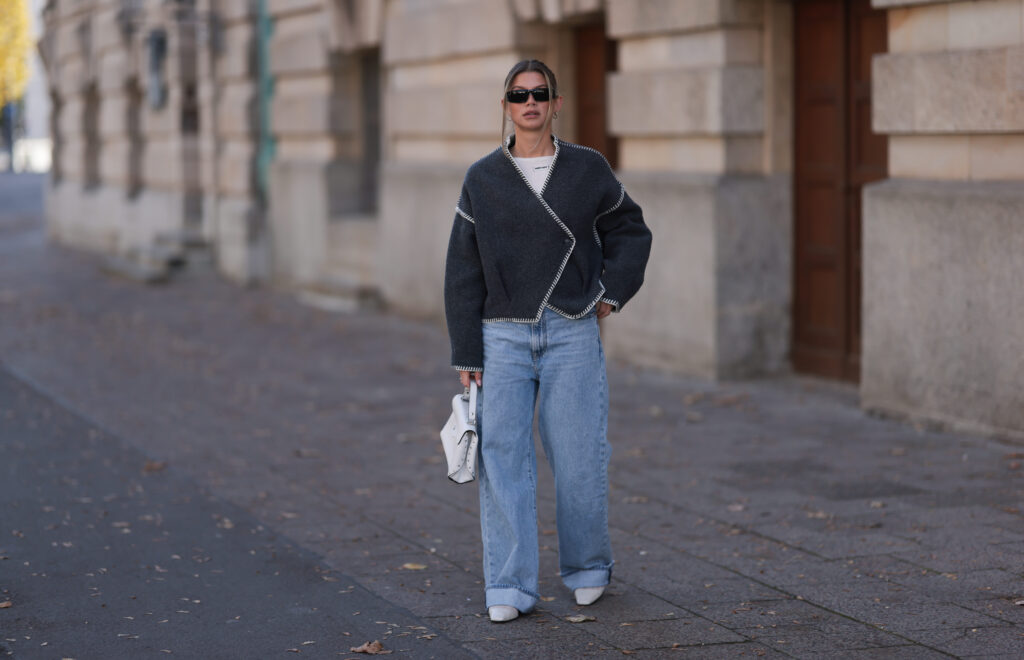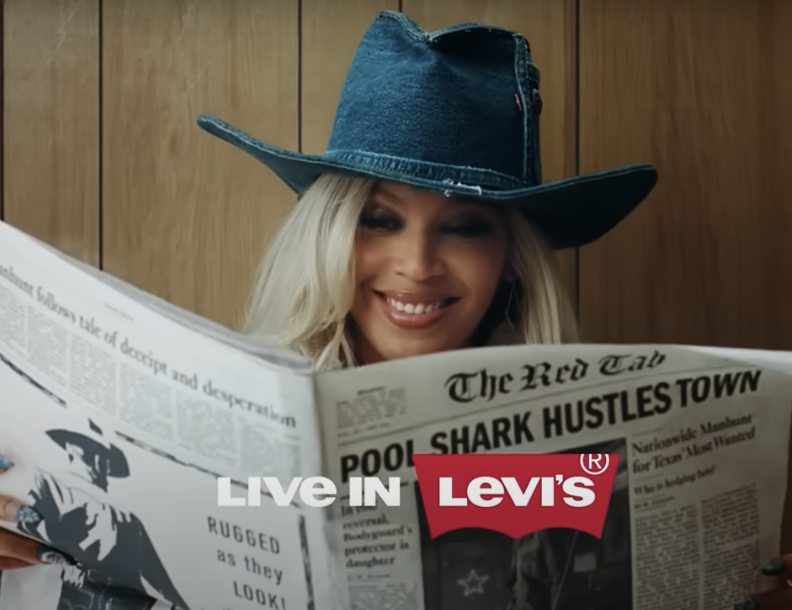Levi’s jeans are synonymous with American culture and fashion, embodying both rugged durability and classic style. From their creation in the mid-1800s to becoming a global brand, Levi’s has journeyed through many cultural and fashion transformations. Today, Levi’s stays relevant as a brand for multiple reasons.

It is not just because of its historical roots. The brand innovates, focuses on sustainability efforts, and maintains a commitment to quality. This article dives into the rich history of Levi’s.
It highlights key milestones and examines why this brand still commands a significant place in today’s global fashion industry.
Origins and Early History
Levi Strauss, a Bavarian immigrant, arrived in San Francisco in 1853 amidst the California Gold Rush. Strauss initially came to sell dry goods to miners. He quickly realized there was a gap in the market. Miners needed durable work pants that withstand their hard labor.

He teamed up with Jacob Davis. Davis was a Nevada-based tailor. Davis had an innovative idea. He reinforced trousers with copper rivets at stress points like pocket corners and the base of the fly.
In 1873, Strauss and Davis patented this innovation, marking the birth of the first pair of blue jeans. These sturdy “waist overalls,” as they were then called, became popular among miners, laborers, and other hard-working individuals.
The combination of Strauss’s entrepreneurship and Davis’s technical ingenuity laid the foundation for a timeless American icon.
The Evolution of Levi’s
The 1890s to 1940s: Establishing a Classic
The number “501” is now synonymous with Levi’s classic jean design, but it wasn’t until 1890 that it was introduced. Levi Strauss & Co. assigned a lot number to its riveted denim waist overalls, with the number 501 becoming their flagship product.

By the early 20th century, Levi’s was an essential item for the American workforce. It had a reputation for quality and resilience.
During World War II, Levi’s contributed to the war effort by manufacturing jeans for American soldiers. Despite restrictions on fabric and metal during this time, Levi’s maintained its brand integrity.
The company found ways to innovate and guarantee product quality even with limited resources.
The 1950s to 1970s: From Workwear to Youth Culture
Post-war America brought Levi’s into the mainstream. In the 1950s, blue jeans became a symbol of youth rebellion. Hollywood stars like Marlon Brando and James Dean embraced them.
The association with the rebellious youth culture enhanced Levi’s appeal. This helped it transition from utilitarian workwear to a staple of popular culture.
By the 1970s, Levi’s jeans had established themselves as a unisex wardrobe essential across the world. Their affordable, durable, and stylish nature made them popular among the burgeoning countercultural movements.
Levi’s jeans became a canvas for self-expression. They reflected the shifting values of the time.
The 1980s to 1990s: High Fashion Meets Everyday Wear
In the 1980s, Levi’s launched its first global marketing campaign. They used Bruce Springsteen and other cultural icons. This established its image as authentically American.
Levi’s jeans became a staple in pop culture, with TV ads and celebrity endorsements boosting their desirability.
As jeans moved into high fashion in the 1990s, Levi’s innovated, introducing new cuts, washes, and collections. Despite competition from designer brands, Levi’s retained its position by balancing affordability with a premium aesthetic.
The 1990s also saw the brand expand globally, with Levi’s jeans available in over 100 countries.
Why Levi’s is Still Going Strong Today
1. Commitment to Quality and Durability
Levi’s commitment to quality has been a cornerstone of its success. From using premium denim to continually improving construction, Levi’s products are made to last. This commitment keeps loyal customers coming back.
It also makes Levi’s jeans a popular choice for environmentally conscious shoppers who seek sustainable and durable options.
2. Adaptability and Innovation
A crucial aspect of Levi’s longevity is its ability to adapt to changing fashion trends without losing its essence. Levi’s has continually evolved its products, introducing new fits, styles, and colors to meet changing consumer demands.
Levi’s introduced skinny jeans in the 2000s. They brought high-waisted, vintage-inspired styles in the 2010s and 2020s. Levi’s has managed to stay relevant without losing its core identity.
Levi’s has embraced technology with innovations like Levi’s Commuter line. This line is designed for cyclists. The Wellthread collection focuses on sustainable production techniques.
These innovations keep Levi’s in sync with modern lifestyles, ensuring that the brand remains a relevant choice for today’s consumers.
3. Emphasis on Sustainability
In recent years, Levi’s has doubled down on sustainability efforts. The brand’s Water<Less™ technology, introduced in 2011, reduces water consumption in the finishing process, saving billions of liters of water.
Levi’s also supports organic cotton farming and advocates for second-hand and upcycled products through its Levi’s SecondHand program.
Levi’s focuses on eco-friendly production techniques and sustainable sourcing. This approach appeals to environmentally conscious consumers. It helps Levi’s stay relevant in a market increasingly focused on ethical consumption.
4. Cultural Legacy and Brand Heritage
Few brands can claim the same level of cultural legacy as Levi’s. It is linked to important historical moments and figures. These include Hollywood stars in the 1950s. These moments also cover the counterculture of the 1960s.
They include the punk movement of the 1970s and the grunge era of the 1990s. This deep-rooted cultural association has created a sense of authenticity and trust that resonates with consumers across generations.
5. Broad Appeal Across Demographics
Levi’s has managed to appeal to a diverse demographic. Its universal appeal allows it to cater to a wide range of customers. This range includes teenagers and young adults. It also includes older, loyal customers who grew up wearing Levi’s.
The brand has diverse product lines. They range from the classic 501s to more trendy offerings. These lines allow Levi’s to cater to various fashion tastes and preferences.
6. Strong Marketing and Celebrity Endorsements
Levi’s success is also attributed to its powerful marketing strategies. Celebrity endorsements and strategic advertising campaigns have helped keep Levi’s in the public eye.
Levi’s has effectively partnered with influencers and fashion icons who align with the brand’s authentic, down-to-earth image. Collaborations with popular brands, like Supreme, have broadened Levi’s appeal.
Designers like Virgil Abloh have also attracted younger, trend-conscious audiences.
Levi’s: The Path Ahead
Despite its success, Levi’s is not resting on its laurels. The company continues to look to the future, balancing its heritage with innovation. It has expanded its online and digital presence, adapting to e-commerce trends and investing in direct-to-consumer channels.
Levi’s is also focused on inclusivity. It creates collections that celebrate diversity. These collections are accessible to a broad range of body types and sizes.
The brand’s leadership team has committed to accelerating its environmental goals. They plan to reduce carbon emissions and promote sustainable production practices.
Levi’s has become increasingly transparent about its supply chain, reinforcing its reputation as an ethically conscious brand.
In terms of product design, Levi’s is experimenting with tech-integrated apparel. One example is the Levi’s x Google Jacquard jacket.
This jacket allows wearers to control their smartphones through touch-sensitive fabric.
Levi’s for Life
Levi’s journey from a small business supplying workwear to miners to a global fashion icon demonstrates the brand’s adaptability. It shows commitment to quality. The journey also highlights its cultural resonance.
Levi’s has remained true to its roots. At the same time, it has embraced change. This approach has allowed the brand to endure for over 150 years. Levi’s has evolved alongside society and fashion trends.
Today, Levi’s remains a symbol of individuality and authenticity, qualities that continue to attract new generations. Levi’s has embraced innovation in sustainability.
It has adapted digitally and introduced fashion-trendy designs. This has cemented its place not just in American fashion history but in the global market.











